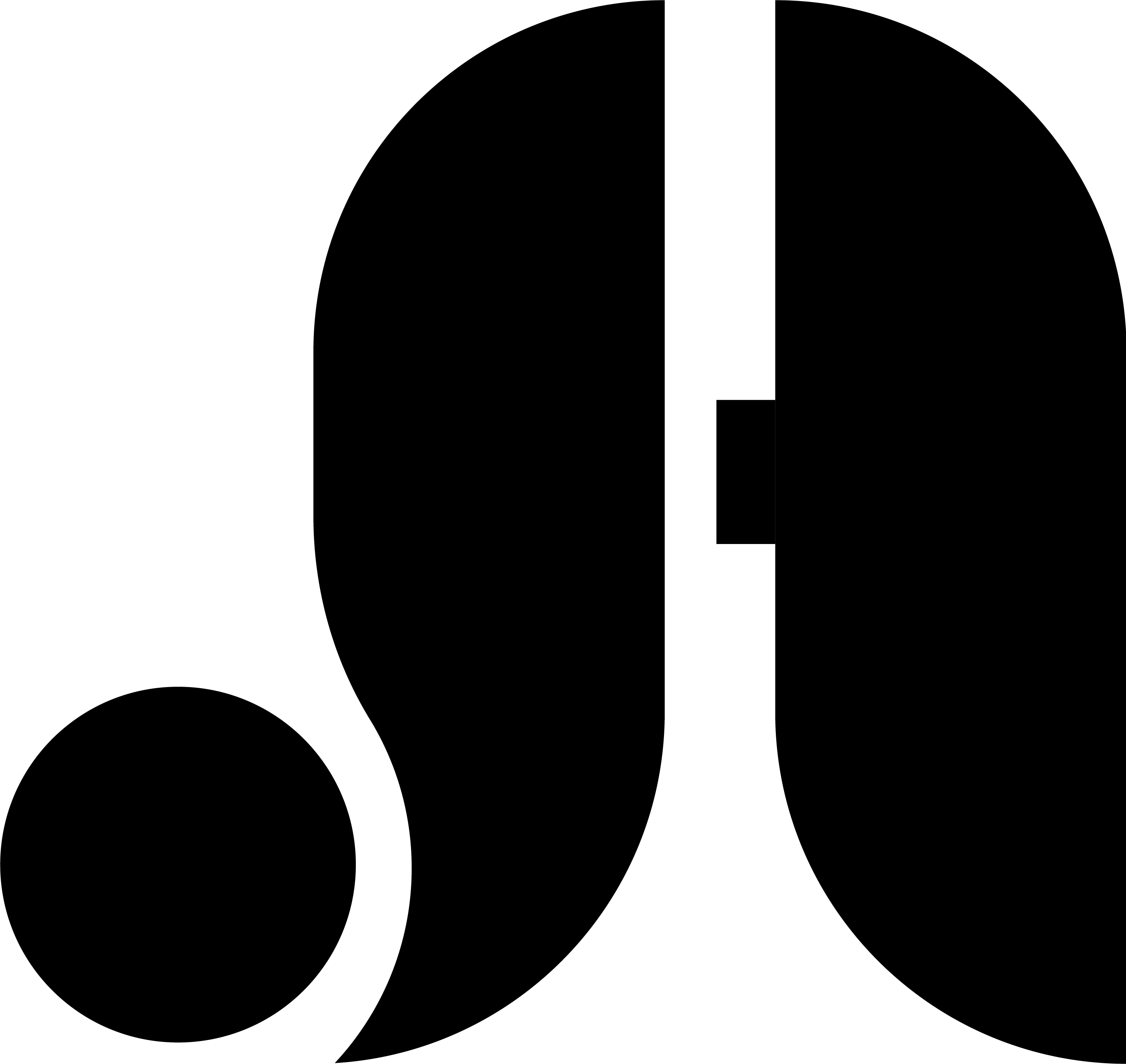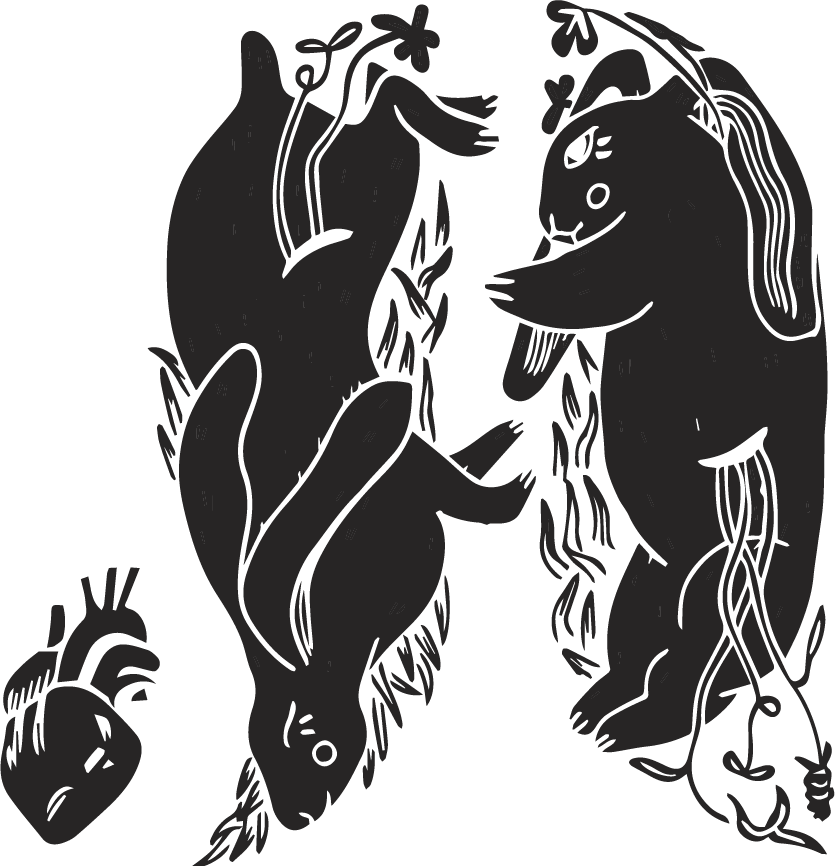Last week's Inquiry felt successful to me because I took the time to develop my concept and intentions before creating it. I wanted to carry that over into Inquiry #4 by developing a project that addressed the same issue with mental health but through a completely different method. When looking at the process + systems matrix, there is a lot of variety of methods and themes to choose from, and I wanted to take advantage of the fact that these projects are meant to allow us to experiment and explore. I landed on garment and attire somewhat randomly but while I was sitting in my messy room, I thought about how I was going to execute feelings of anxiousness and paranoia through clothing, and the answer became obvious. I am a person who struggles with picking out an outfit and always have been. I’ve been known to change several times throughout the day, and be late to work or school because I won’t allow myself to be confident in what I put on my body and how I present myself to the outside world. Another side effect of this dilemma is having to live in a constant state of a mess as I put on one shirt, discard old pants on the floor, and so on as I get ready for the day. This cycle is what I am basing my fourth inquiry around. This week, I thrifted an outfit that I can decorate and label as going together, got Iron on transfer sheets, and have been creating illustrations to apply to the clothing that represents these feelings. I’m debating whether or not I want to put explicit labels on the clothes that say “THIS SHIRT FITS FINE” OR “THESE PANTS DONT GO”. I’m looking forward to actually putting the pieces together and documenting the clothing for this inquiry.
Media #4 was a chapter from Graphic Design Process: From Problem to Solution 20 Case Studies. This chapter discussed Michael Bierut’s process behind creating a brand identity for The New World Symphony. The process that Bierut followed to design for The New World Symphony wasn’t straightforward and proves that each design challenge requires a unique approach. What was most interesting from this chapter was the emphasis on the difference in perspectives between the designer and the client. The designer has all of the ideas, background information, and basically all the knowledge needed to know why a design works. The client however is lacking all of those concepts and background and therefore has a more unbiased, raw reaction to a design. I also enjoyed all the unique places that Bierut drew inspiration from in this project. How he was able to work and rework and tweak until he hit his breakthrough moment.

